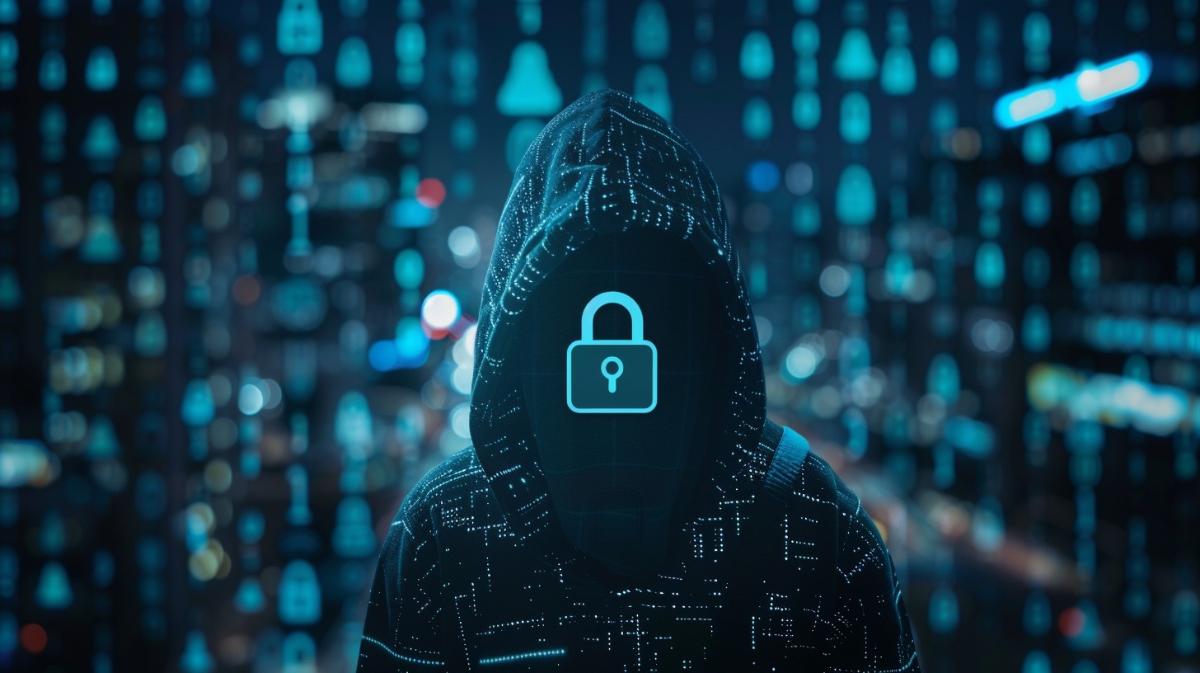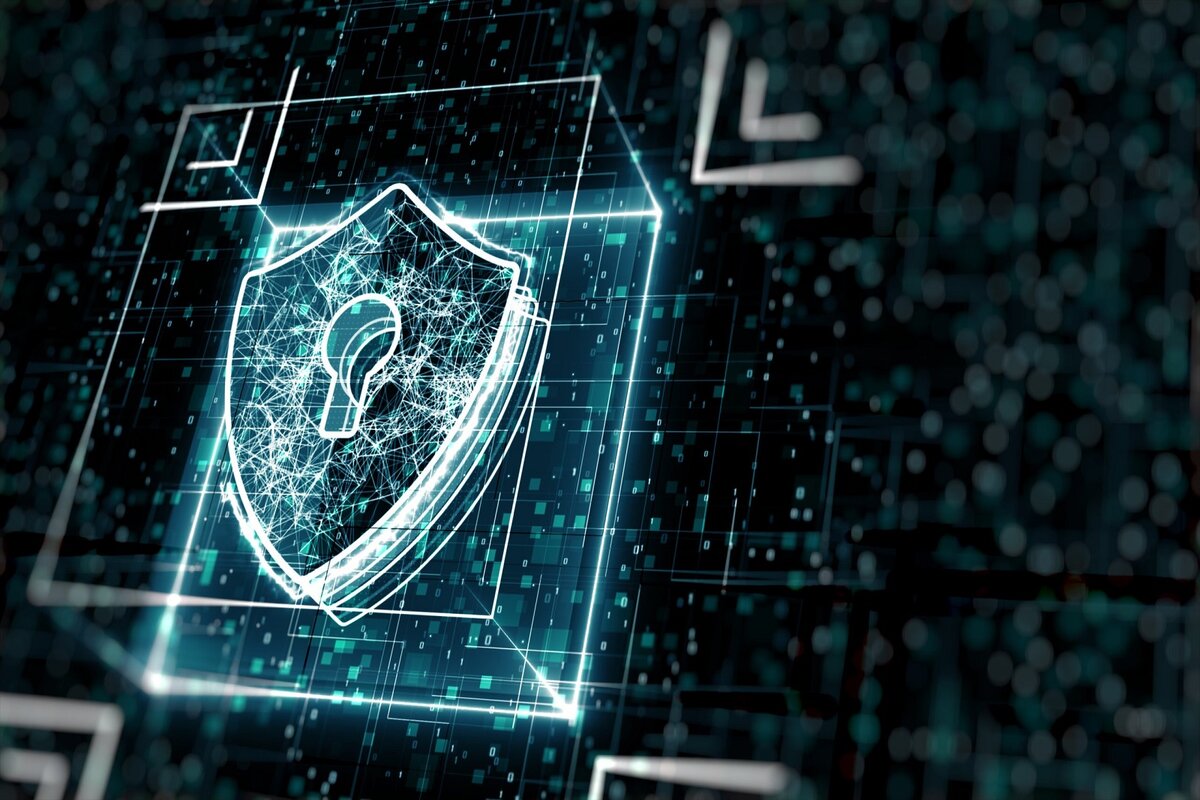The modern world is inconceivable without digital technologies that penetrate every sphere of our lives. With the increase in data volumes and the number of connected devices, cybersecurity is becoming an important part of our daily lives. In recent years, there has been a significant development in the field of information security technologies, which allows you to more effectively resist threats and attacks. In this article, we'll take a look at the key trends and innovations in cybersecurity that are changing the way we protect data and provide new levels of security.
1. Artificial Intelligence and Machine Learning
Artificial intelligence (AI) and machine learning (ML) have become important tools in cybersecurity. These technologies allow you to analyze vast amounts of data in real time and identify anomalies that may indicate potential threats. AI systems can effectively detect and respond to new types of attacks that may have previously gone undetected by traditional methods.
- Behavioral analysis: Machine learning helps identify anomalies in user and system behavior that may indicate malicious activity. Such systems can identify unusual activities and block them before they cause damage.
- Automation: AI automates threat detection and response processes, dramatically speeding up incident response times and reducing the burden on security teams.
2. Blockchain
Blockchain, the technology behind cryptocurrencies, has the potential to revolutionize cybersecurity. The main advantage of blockchain is its decentralized nature and the continuous recording of transactions on the blockchain, which makes the data virtually immutable and tamper-proof.
- Supply chain: Blockchain can be used to track and verify the provenance of data, allowing for its integrity and protection against counterfeiting. This is especially important in critical areas such as medicine and financial technology.
- Authentication and authorization: Blockchain technology can be used to create authentication and authorization systems that provide a high level of security, minimizing the risk of account hacking and data breaches.
3. Quantum cryptography
Quantum cryptography is a promising direction in the field of information security, based on the principles of quantum mechanics. This technology provides a level of security that cannot be achieved with traditional cryptography methods.
- Quantum Key Distribution (QKD): This technology allows cryptographic keys to be created and exchanged using quantum particles. QKD provides theoretically absolute security, since any attempts to intercept the key will be immediately detected.
- Resistance to quantum attacks: With the development of quantum computing, traditional cryptography methods can become vulnerable. Quantum cryptography provides protection against such threats by providing new encryption methods that are resistant to quantum attacks.
4. Cloud Security

With the growing popularity of cloud solutions, data protection in the cloud is becoming a priority. New technologies provide better data protection in cloud storage and services.
- Data encryption: Modern methods of data encryption in the cloud allow you to protect information both at rest and in transit. This helps prevent unauthorized access to data.
- Multi-layered security: Cloud services now offer multi-layered security, including DDoS protection, intrusion detection, and role-based access control.
5. Internet of Things (IoT) and Security
With the increasing number of connected devices, such as smart homes and industrial equipment, the security of IoT devices is becoming critical. New technologies help protect these devices from potential threats.
- Device isolation: Isolation technologies are used to protect IoT devices from attacks to restrict access to critical systems and data.
- Updates and patches: Regular updates and patches on IoT devices help eliminate vulnerabilities and improve the overall security of the system.
Conclusion
The cybersecurity revolution brought about by new technologies is making it possible to significantly increase the level of protection of data and systems. Artificial intelligence, blockchain, quantum cryptography, cloud security, and technologies to protect IoT devices play a key role in creating a more secure digital environment. As threats continue to evolve, it is important to stay up-to-date with the latest technologies and security practices in order to effectively meet new challenges and ensure the security of information.
The future of cybersecurity will be about constantly improving technology and adapting to new threats. By staying at the forefront of these changes, we can look to the future with confidence and hope for a safe and secure digital environment.
